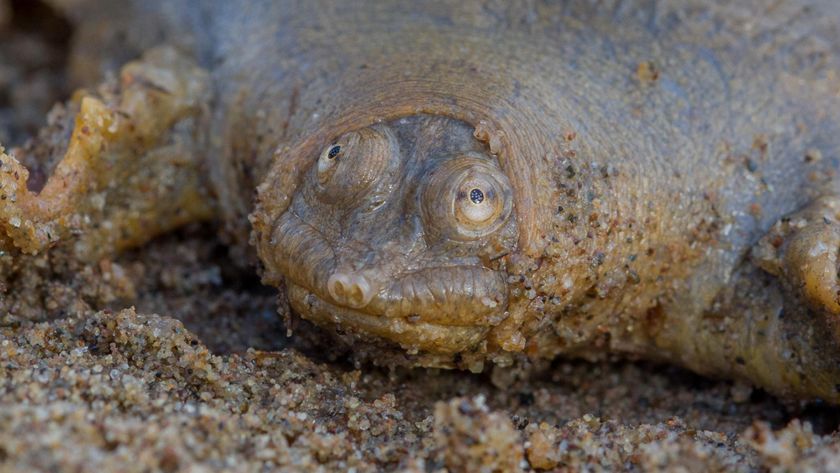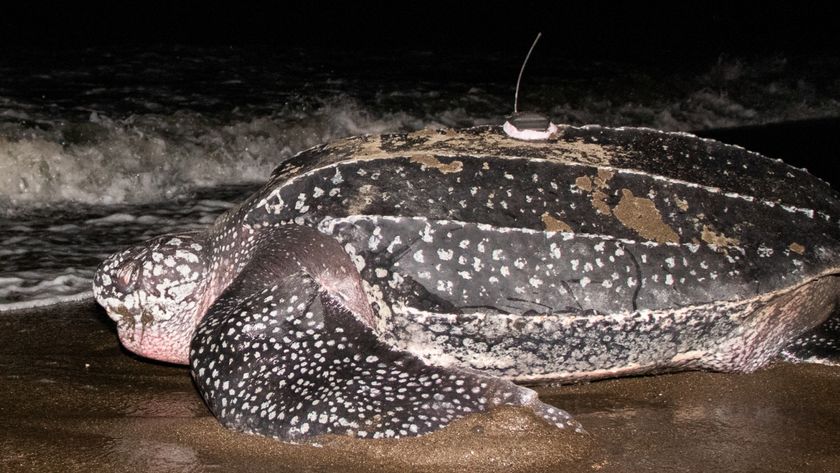Is This Turtle Extinct? Nope, It Just Never Existed

A species of freshwater turtle found on the Seychelles was thought to be extinct for more than 100 years but now scientists are taking back that ruling.
No, they didn't find any sneaky holdouts on the tiny Indian Ocean islands. Rather, a genetic analysis of a specimen at the Natural History Museum in Vienna showed that the turtle was actually part of a larger population that's still alive thousands of miles away in West Africa.
"We have examined the DNA of the original specimen from the museum in Vienna and discovered that these turtles are not a separate species," said Uwe Fritz, director of the Museum of Zoology at the Senckenberg Natural History Collections in Dresden.
What researchers had been calling Pelusios seychellensis never existed and was really just the same as the West African species Pelusios castaneus, researchers said.
"In fact, for a long time researchers were amazed that the supposed Seychelles turtles looked so deceptively similar to the West African turtles," Fritz added in a statement. "But due to the great geographic distance, it was thought this had to be a different species, which is why the assumed Seychelles turtles were also described as a new species in 1906."
Fritz and colleagues write that it's unlikely that P. castaneus reached the Seychelles by crossing the African continent by itself. They speculate that the three known 19th-century museum specimens of P. seychellensis were mislabeled as coming from the Seychelles, or the turtles were brought by humans to the island, where they established a small population.
Fritz and his team earlier proved that the mud turtle species Pelusios subniger was not native to the Seychelles but had been introduced by man.
Sign up for the Live Science daily newsletter now
Get the world’s most fascinating discoveries delivered straight to your inbox.
The researchers published their new findings yesterday (April 3) in the journal PLOS ONE.
Follow Megan Gannon on Twitter and Google+. Follow us @livescience, Facebook & Google+. Original article on LiveScience.com.












